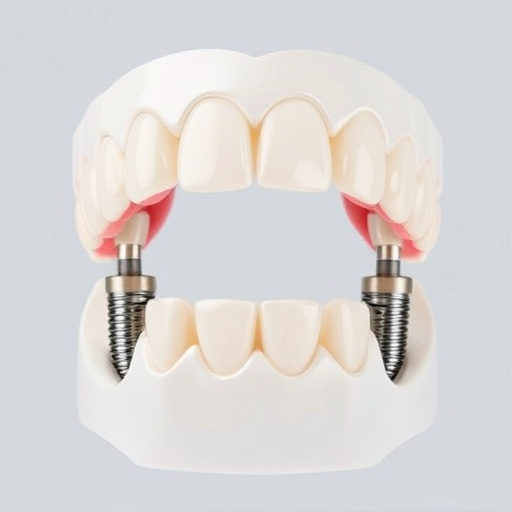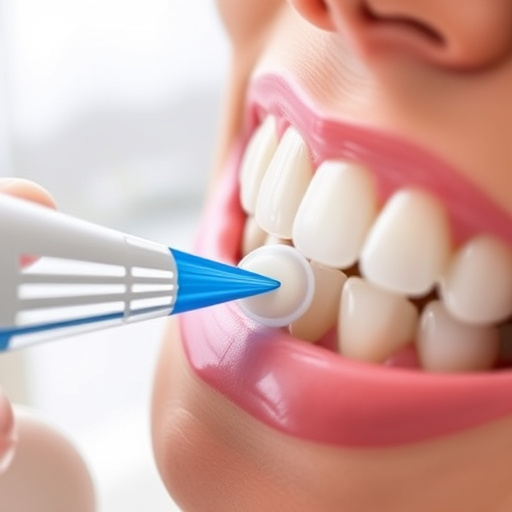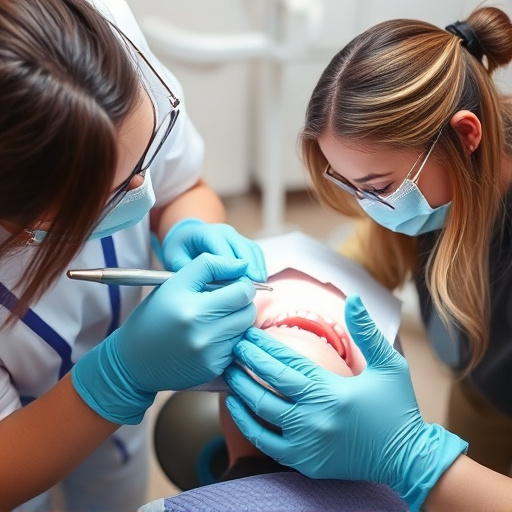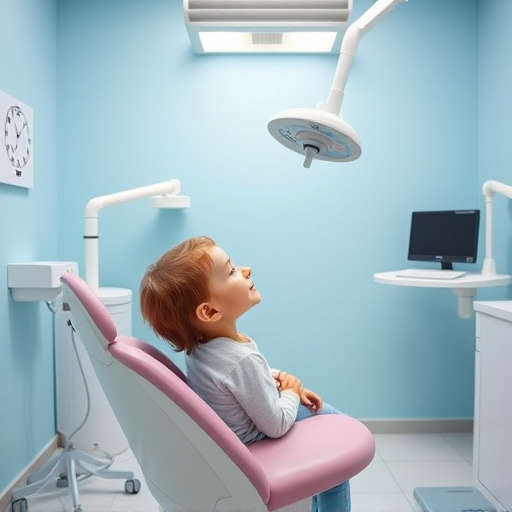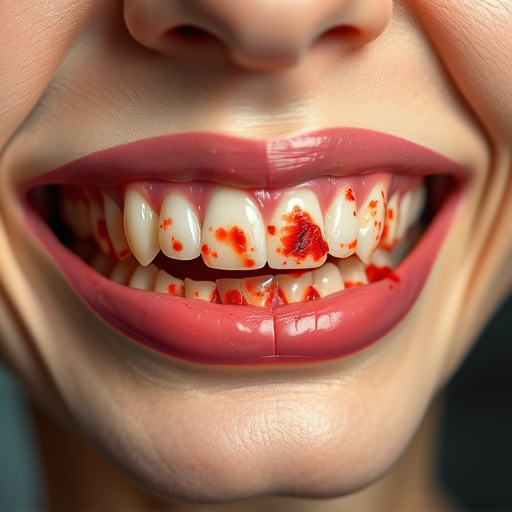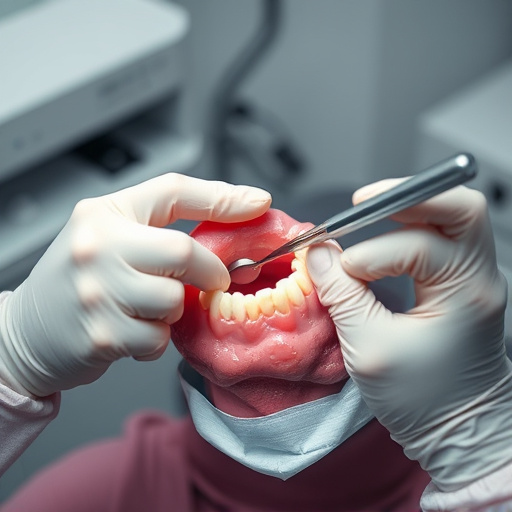In today's diverse society, a Spanish-speaking dentist plays a vital role in improving oral health outcomes for Hispanic/Latinx patients by bridging cultural gaps and building trust through effective communication. Offering services in Spanish ensures informed consent, promotes open dialogue, and fosters lasting relationships, leading to better patient satisfaction and health within these communities. This personalized approach, focusing on language proficiency and cultural sensitivity, is key to delivering quality dental care and strengthening patient-dentist relationships.
Looking for a dentist who understands your needs? A Spanish-speaking dentist can provide more than just quality care; they build lasting relationships by bridging cultural and linguistic gaps. This article delves into the significance of language accessibility in dental healthcare, explores strategies to foster trust with Spanish-speaking patients, and offers effective communication tactics for strong, long-lasting patient connections. Discover how these practices enhance overall oral health experiences.
- Understanding the Importance of Language Accessibility in Dental Care
- Building Trust and Rapport with Spanish-Speaking Patients
- Effective Communication Strategies for Long-Lasting Patient Relationships
Understanding the Importance of Language Accessibility in Dental Care

In today’s diverse society, ensuring language accessibility in healthcare services is paramount, especially within the domain of dentistry. A Spanish-speaking dentist plays a vital role in building lasting relationships with patients who may have previously faced barriers to receiving proper oral care due to linguistic differences. Many individuals from Hispanic or Latinx backgrounds might feel more at ease and confident when communicating with a dental professional who shares their linguistic heritage, fostering trust and promoting open dialogue about sensitive health matters.
This accessibility is particularly significant in the realm of restorative dentistry, where procedures such as dental bonding and cosmetic fillings can be discussed and performed effectively. By providing services in Spanish, dentists can ensure patients understand treatment options, potential risks, and benefits, enabling informed decisions. This personalized approach not only enhances patient satisfaction but also contributes to improved oral health outcomes within these communities.
Building Trust and Rapport with Spanish-Speaking Patients

Building trust and rapport with Spanish-speaking patients is a critical aspect of providing quality dental care. A Spanish-speaking dentist who takes the time to understand their patient’s cultural background, language preferences, and unique needs can foster an environment of comfort and confidence. This begins with effective communication, ensuring that all discussions, from routine oral exams to complex procedures like tooth repair or dental implants, are conducted in a clear and understandable manner.
By incorporating culturally sensitive practices, such as using patient’s preferred terms for dental conditions and explaining procedures in their native language, dentists can create a more welcoming atmosphere. Showing genuine interest in their patients’ lives, respecting family dynamics, and demonstrating empathy can strengthen the bond between dentist and patient. This trust is essential for encouraging patients to openly discuss their oral health concerns and adhere to recommended treatment plans, ultimately leading to better outcomes.
Effective Communication Strategies for Long-Lasting Patient Relationships

Building strong relationships with patients is a cornerstone for any dentist, especially those who cater to diverse communities like Spanish-speaking individuals. Effective communication strategies are vital in fostering trust and ensuring patient satisfaction. A Spanish-speaking dentist can create lasting connections by embracing cultural sensitivity and language proficiency.
By offering services in Spanish, whether it’s discussing routine check-ups or advanced procedures like cosmetic fillings or clear aligners, dentists can make patients feel comfortable and understood. Simple gestures such as using patient-centric language, explaining treatment options clearly, and actively listening to concerns can significantly enhance the overall experience. This personalized approach encourages open dialogue, allowing patients to ask questions and actively participate in their dental care, which is essential for maintaining long-term relationships in family dentistry.
A Spanish-speaking dentist who prioritizes language accessibility builds more than just a practice—they foster lasting relationships with patients. By employing effective communication strategies and cultivating trust, dentists can create a welcoming environment for Spanish-speaking individuals, ensuring quality dental care and improved health outcomes. This approach not only enhances patient satisfaction but also strengthens the bond between caregiver and community.






